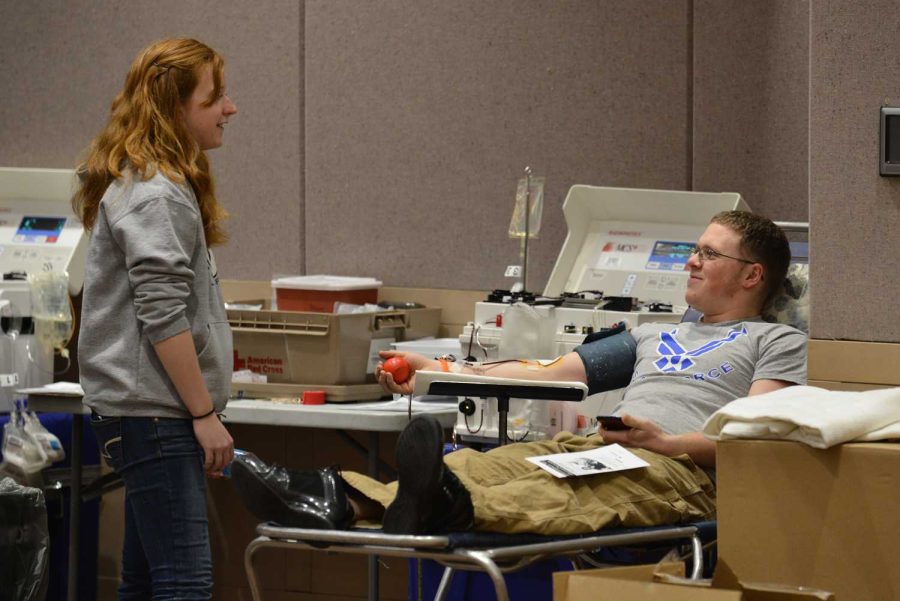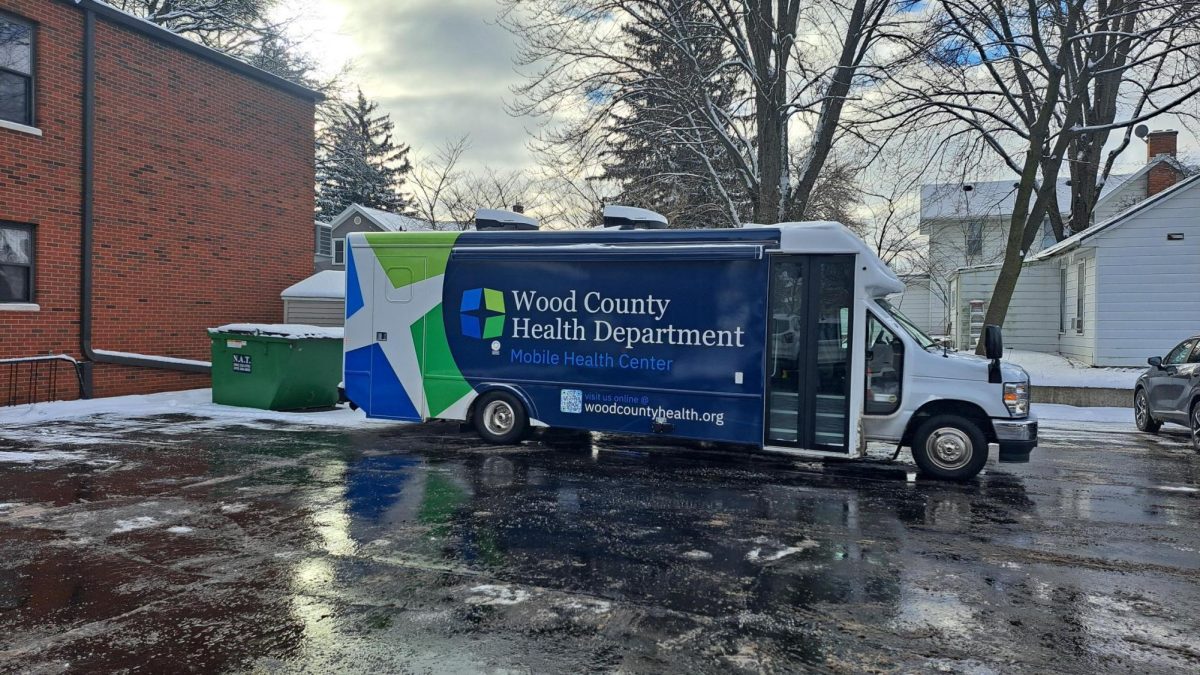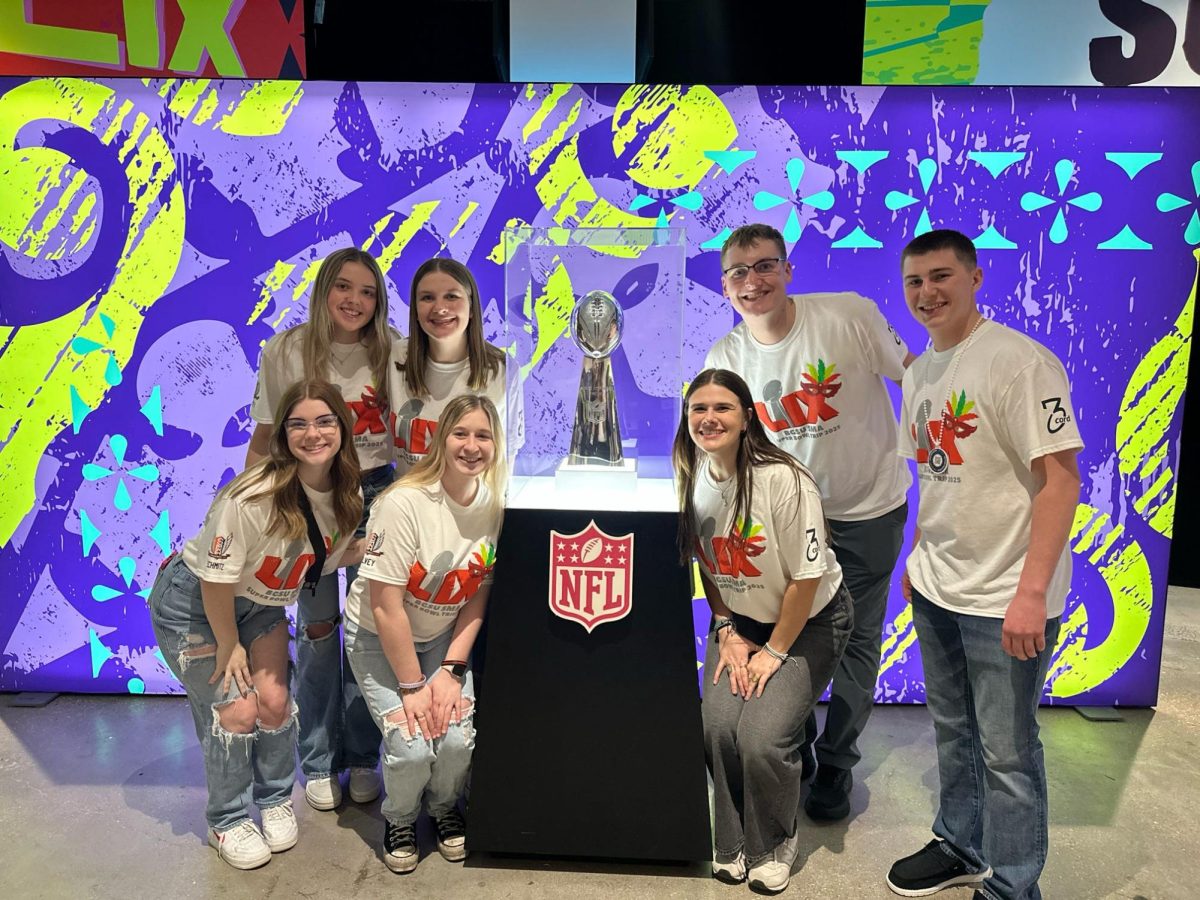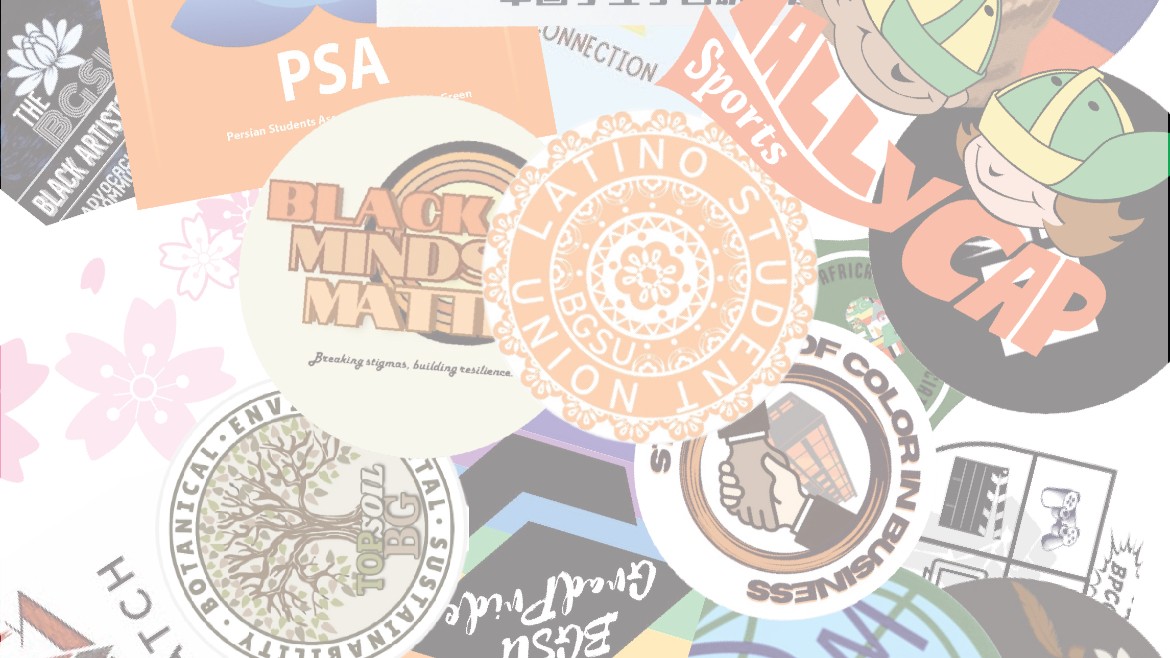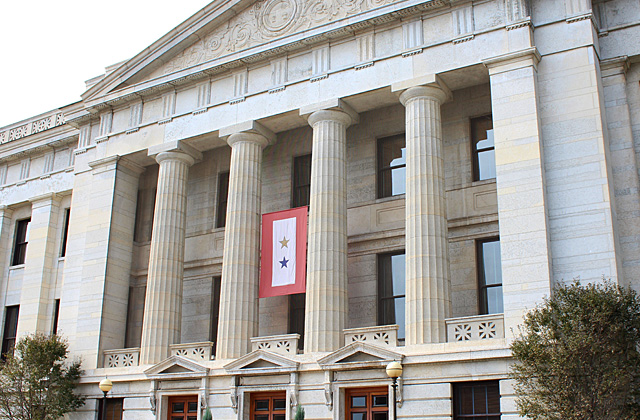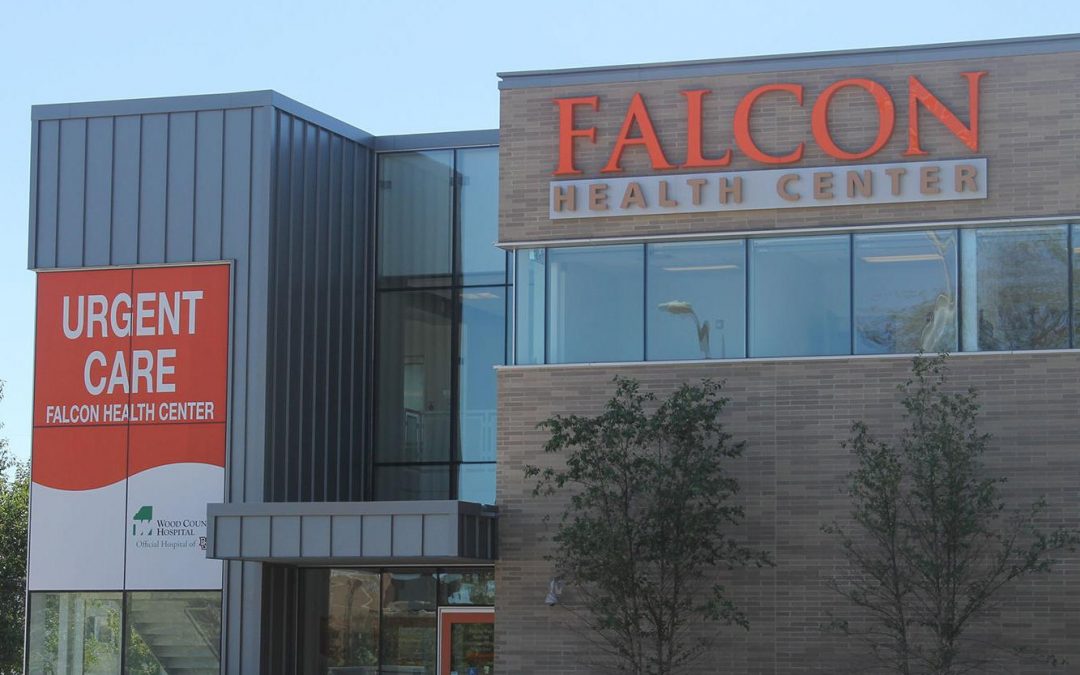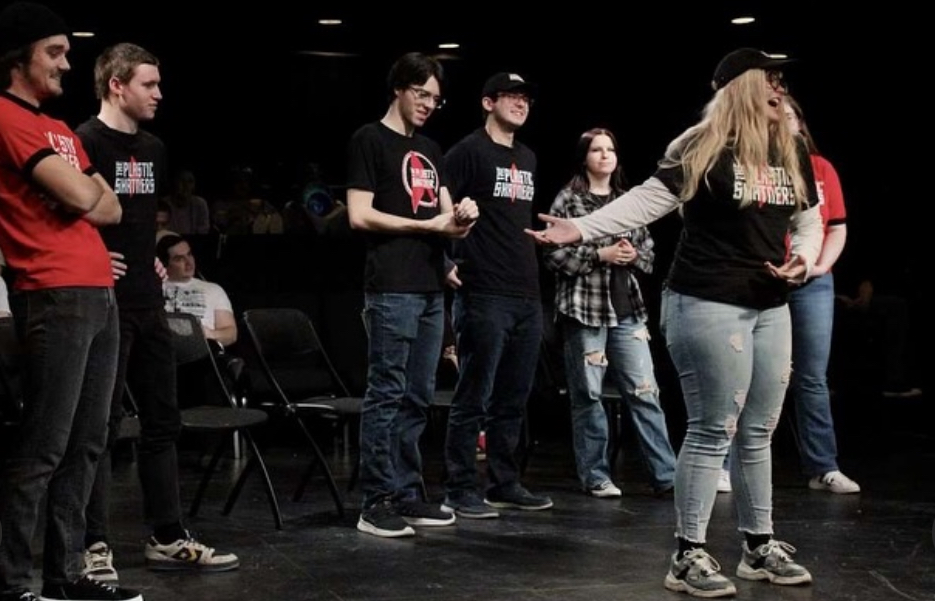Students may think they won’t receive anything in exchange for donating blood this week; however, students have the opportunity to learn some new dance moves.
The blood drive, part of the Cesar Chavez National Blood Drive Challenge, is a nationwide competition including roughly 300 other schools.
Heather Haynes, the donor recruitment representative, organized all of the blood drives in Wood County and said this blood drive is different than others.
“The University has participated in the competition for years and has placed as high as sixth,” Haynes said. “This year we hope to take first.”
Mayra Lopez, vice president of the Latino Student Union and blood drive coordinator, said students will be rewarded for donating.
“You get a free t-shirt,” Lopez said. “We’re giving dance lessons, there’s a DJ and there is also a raffle.”
In the raffle students can win a Starbucks gift card, a Buffalo Wild Wings gift card and tickets to see Gabriel Iglesias this Sunday.
The blood drive is not only a competition, but also an event to honor the work of Cesar Chavez.
Chavez was an American civil rights activist who helped find work for Latinos in the 1970s and was a spokesperson for worker’s rights.
The Latino Student Union is hoping to raise awareness of Chavez’s work as well as increase first time donators and Hispanic and Latino donators.
“Hispanics and Latinos have an increased percentage of people with ‘O’ type blood,” Haynes said. “And the type is the one most commonly used.”
But the blood drive is mostly about helping people.
Jonathan Sabino said Tuesday was his second time donating.
“Cesar Chavez is a very important Latino leader and role model,” Sabino said. “The blood drive is for him and also to help the community.”
The blood drive will continue Wednesday and Thursday in Olscamp 101 from 10 a.m. to 4 p.m.
Blood Facts:
(Taken from redcross.org)
1. 1 pint of blood can save up to three lives
2. Every two seconds someone needs a blood transfusion
3. 5 million patients in the US need blood every year
4. Less than 38 percent of the population is eligible to give blood
5. 30 million blood components are transfused each year.
6. Only seven percent of people in the US have the Universal donor blood type, O negative
7. The Red Cross holds more than 200,000 blood drives every year
8. The Red Cross started providing blood for patients in 1940
9. Donors can give blood every 56 days.


